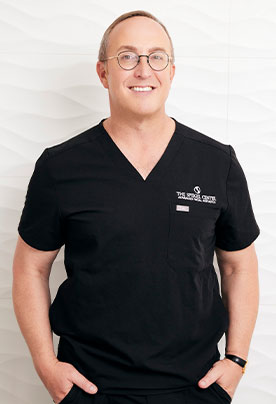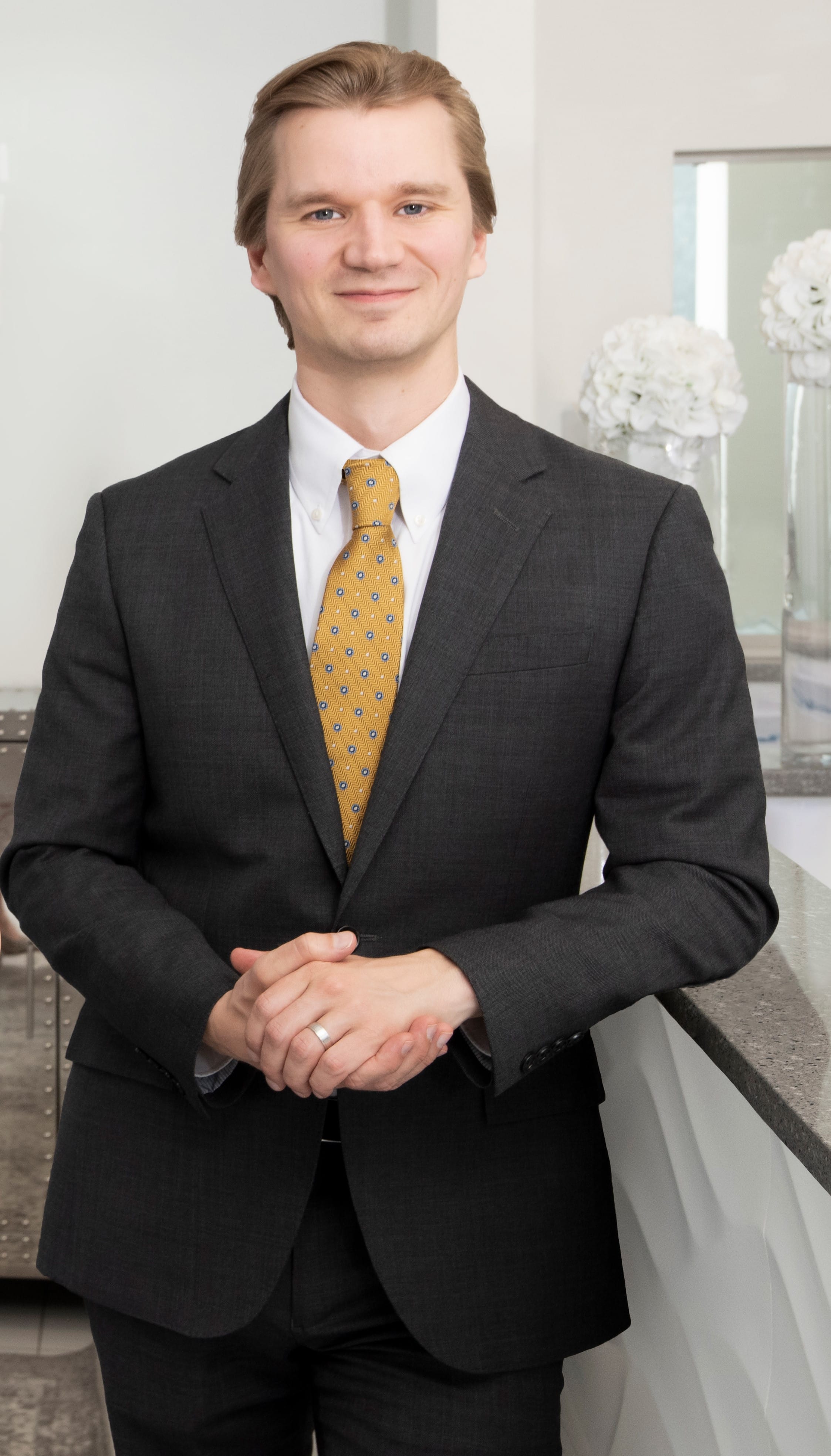
Am I a candidate for Revision Non-Surgical Rhinoplasty? Is that even a thing? Yes, it is!
The term revision rhinoplasty, also known as secondary rhinoplasty, refers to a surgical procedure designed to improve the aesthetic and functional outcomes of a previous rhinoplasty surgery. It involves correcting any unsatisfactory or undesirable results from the initial procedure, addressing complications, or refining the nose further to achieve the patient's desired outcome. A Non-Surgical Revision Rhinoplasty refers to a correction that’s done non-surgically with fillers following a rhinoplasty. That can happen a few months out or years after the initial procedure. If you’ve not heard of it before, it's because we've only just started defining non-surgical revision rhinoplasty, with few doctors performing and publishing their results. In New England, Dr. Onir has emerged as an expert in the field, performing an unprecedented number of non-surgical revision rhinoplasties on a weekly basis.
Similar to revision rhinoplasty in non-surgical revision rhinoplasty we can correct for unsatisfactory or undesirable results from the initial procedure, including refining the nose and getting more definition. What we cannot improve in non-surgical revision rhinoplasty is functionality. Meaning, if your breathing or septum was not improved during your initial surgery, a non-surgical rhinoplasty may not be the best option for you.
Rhinoplasty has a rich historical background dating back to ancient times. The first recorded nose reconstruction can be traced back to ancient India around 600 B.C.E., where skin flaps from the cheek or forehead were used to rebuild the nose. However, revision rhinoplasty as a specific field emerged much later, as a response to the growing number of patients seeking correction after an unsatisfactory primary rhinoplasty. Fast forward to the early 2010s and we've evolved further with strong, reversible, and long-lasting fillers that allow us to improve noses non-surgically. Since that time we've not only improved nose bumps, curvature, droopy tips, etc., but we've perfected fixing the slight imperfections potentially left after surgery.
The evolution and advancements of revision rhinoplasty can be attributed to the pioneering work of several key figures. One such influential surgeon is Jack P. Gunter, who is considered a pioneer in the field of nasal surgery. Gunter developed the concept of "anatomy-based rhinoplasty" and established a comprehensive classification system for nasal deformities. His contributions along with those of Dean Toriumi sparked a paradigm shift in the understanding and approach towards revision rhinoplasty. Another surgeon who has been a huge influence in the field of revision rhinoplasty is Jeffrey H. Spiegel of Boston.
These influential individuals, along with others in the field, have devoted their careers to improving the art and science of revision rhinoplasty. Through their innovative techniques and commitment to patient satisfaction, they have elevated the standards and success rates of these procedures to achieve natural and long-lasting results. their contributions have revolutionized the field and continue to inspire aspiring surgeons.
The impact of revision surgical or non-surgical rhinoplasty on patients' lives cannot be understated. For many individuals, undergoing rhinoplasty surgery is a significant decision, and the outcome plays a vital role in their self-esteem and overall well-being. Unfortunately, primary rhinoplasty procedures may not always achieve the desired results due to various factors such as inexperienced surgeons, inadequate pre-operative assessment, or unpredictable healing responses. Revision rhinoplasty whether surgical or non-surgical can offer patients an opportunity to correct these issues and improve their nasal appearance. If a problem with functionality remains, then you may be back for a revision surgical procedure.
In terms of future developments, technology, and surgical techniques continue to evolve. The advancement in non-surgical rhinoplasty may reduce the need for revision surgical procedures altogether and can improve pre-operative assessment and communication between the patient and surgeon.
In conclusion, non-surgical revision rhinoplasty has a significant place in impacting patients' lives. Perspectives on this procedure vary, and future developments hold potential for further advancements in achieving optimal outcomes.





